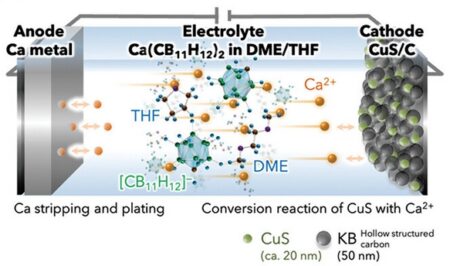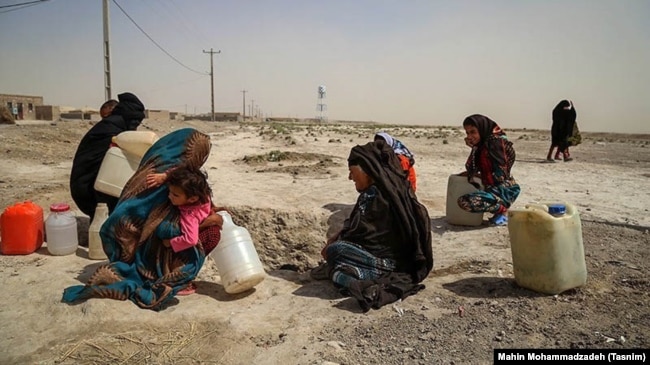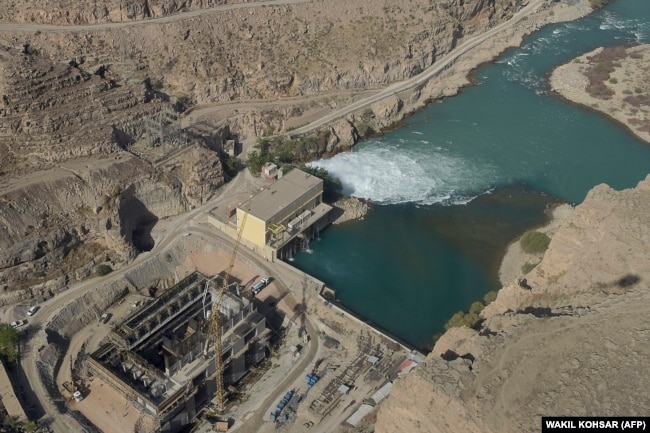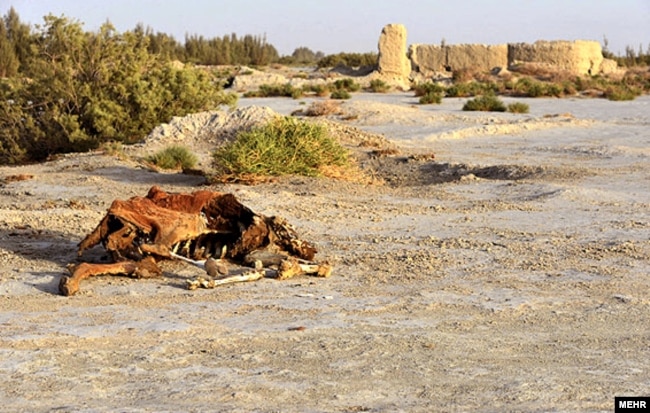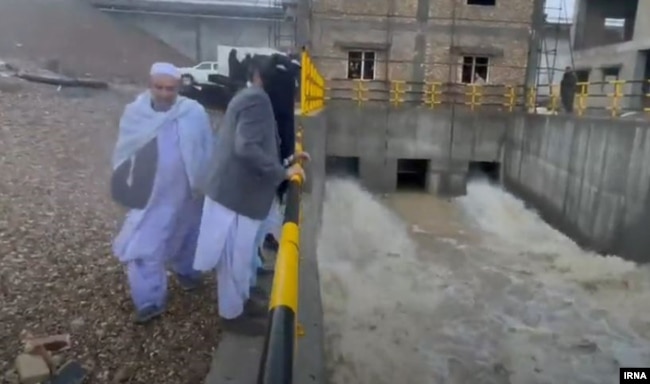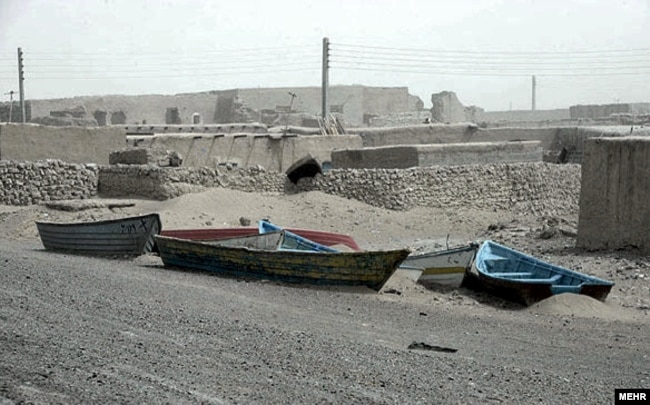Inside the making of Redfall, Xbox's latest misfire
, Bloomberg News
Over the years, Microsoft Corp.-owned video-game developer Arkane Studios has cultivated a reputation for releasing games that are beloved by fans yet don’t sell very well, such as Prey and Dishonored 2. By contrast, the studio’s most recent game, Redfall, has achieved something new. It has managed to be, at once, a commercial and critical disappointment.
Redfall, a multiplayer shooter set on a fictional Massachusetts island full of vampires, debuted on May 2 and was promptly panned. Fans and critics slammed the game’s bugs and shortcomings. On the review aggregation website Metacritic, Redfall has earned a paltry 54 out of 100, ranking it among the year’s worst-reviewed games.
“It seems there is an issue with every element,” reviewer Tauriq Moosa wrote. “In the end, Redfall feels unpolished, underdone, underwhelming, and uncomfortable.”
The high-profile dud extends the pain this year for Microsoft’s Xbox division, which has struggled to produce hits and watched as its planned $69 billion acquisition of Activision Blizzard Inc. has gotten tripped up by U.S. and U.K. regulators.
Joost van Dreunen, a video-game analyst and professor, said Redfall’s failure highlights the significant gap between Microsoft’s lofty aspirations and its actual products, which also calls “into question Microsoft’s ability to establish long-term franchises on its own strength, rather than buying them outright.”
Microsoft declined to comment. In a recent interview with the YouTube channel Kinda Funny Games, Xbox boss Phil Spencer said that Redfall’s review scores were “significantly lower than our internal metrics,” suggesting the lackluster debut may have caught the company off guard.
But to the makers of Redfall, the mediocre reception was no big surprise. The project suffered from unclear direction, frequent attrition and a perennial lack of staff, according to more than a dozen people who worked on the game, speaking anonymously because they were not authorized to discuss it publicly. A spokesperson for Redfall’s publisher, Bethesda Softworks, declined to comment.
Development of Redfall began in 2018. At the time, ZeniMax — the large, privately held owner of Bethesda Softworks — was looking to sell itself. Behind the scenes, the company was encouraging its studios to develop games that could generate revenue beyond the initial sales, a popular trend dubbed “games as a service,” which was taking off in the late 2010s thanks to lucrative hits like Overwatch and Fortnite.
According to people familiar with the process, ZeniMax was strongly urging developers at its subsidiaries to implement microtransactions — that is, recurring opportunities within games for players to spend real money, say, outfitting their characters. Although this wasn’t an absolute mandate, several ZeniMax franchises such as Fallout, Doom and Wolfenstein would soon release new versions incorporating online multiplayer and monetization options.
At Arkane’s headquarters in Austin, Harvey Smith and Ricardo Bare, respected industry veterans, were tapped to serve as co-directors of Redfall. Following the commercially unsuccessful release of its sci-fi shooter Prey a year earlier, leadership across the company wanted to make something more broadly appealing. What eventually emerged was the idea to make a multiplayer game in which users would team up to battle vampires and perhaps pay for occasional cosmetic upgrades.
MULTIPLAYER TENSION
Since its founding in 1999, Arkane had become known for games called “immersive sims,” single-player experiences in which players strive to overcome obstacles in multiple ways, from combat to stealth maneuvers. Yet from the start, Redfall was pitched to staff as a “multiplayer Arkane game,” which some team members said they found confusing. Whether the sort of gameplay that the studio specialized in would be technically possible in a multiplayer environment was an open question.
Developers under Smith and Bare said the two leads were outwardly excited but as the project progressed failed to provide clear direction. Staff members said that, over time, they grew frustrated with management’s frequently shifting references to other games, such as Far Cry and Borderlands, that left each department with varying ideas of what exactly they were making. Throughout the development, the fundamental tension between single-player and multiplayer design remained unresolved. Smith and Bare did not respond to requests for comment.
Arkane was also perpetually understaffed, said people familiar with its production. The studio’s Austin office employed less than 100 people— sufficient for a relatively small, single-player game like Prey but not enough to compete with multiplayer behemoths like Fortnite and Destiny, which are developed by teams of hundreds. Even additional support from ZeniMax’s Wisconsin-based Roundhouse Studios and other outsourcing houses couldn’t fill the gaps, they say.
Morale at Arkane suffered. Veteran workers who weren’t interested in developing a multiplayer game left in droves. By the end of Redfall’s development, roughly 70 per cent of the Austin staff who had worked on Prey would no longer be at the company, according to people familiar as well as a Bloomberg analysis of LinkedIn and Prey’s credits.
Filling vacancies became a challenge. Within the industry, ZeniMax had a reputation for paying lower than average salaries, and convincing some progressive or moderate video game developers to move to Texas could be difficult due to the state’s conservative social policies. Since Redfall wasn’t yet announced, the studio couldn’t describe its details to prospective employees — a predicament that exacerbated the staffing issues, sources familiar with the process said. Arkane wanted to hire recruits with experience on multiplayer shooters, but the people who applied were by and large looking to work on single-player immersive sims.
Meanwhile, on September 21, 2020, Microsoft purchased ZeniMax for US$7.5 billion. It was an ambitious move that gave Xbox control over lucrative franchises such as Doom and Fallout as well as the upcoming Starfield, a role-playing game from the makers of the wildly popular The Elder Scrolls V: Skyrim. Although adding Arkane’s portfolio wasn’t the main goal, it was potentially a nice bonus for Microsoft — particularly if Redfall turned into a hit.
The acquisition gave some staff at Arkane hope that Microsoft might cancel Redfall or, better yet, let them reboot it as a single-player game, according to sources familiar with the production. Instead, Microsoft maintained a hands-off approach. Aside from cancelling a version of Redfall that had been planned for rival Sony Corp.’s PlayStation, Microsoft allowed ZeniMax to continue operating as it had before, with great autonomy. Microsoft’s Spencer would later say in the Kinda Funny interview that Xbox “didn’t do a good job early in engaging Arkane Austin.”
A POOR COMPROMISE
Still, expectations remained high. During a 2021 press conference, Xbox positioned the bloody vampire extravaganza as one of the company’s big upcoming releases, dramatically revealing it as the event’s show-stopping finale.
Yet during the final frantic months, the remaining Arkane staff found themselves stretched thin and the debut date was pushed back from Halloween of 2022 to early 2023 and then eventually to May 2, 2023. Along the way, Smith and other leaders assured the staff that the game would get exponentially better once the final art was implemented and the bugs were fixed, promising that “Arkane magic” would manifest at the last minute as it had with previous games. (Other developers, such as Electronic Arts Inc.’s BioWare, have been widely criticized for using similar language.)
In the end, Redfall never coalesced. Several people who played the game in 2021 were shocked to see how little ultimately changed. The final glitchy product felt to some critics like a poor compromise between single-player and multiplayer ideas that failed to please fans of either type of game.
Harvey Smith recently said in an interview with the website Eurogamer that “early on” he pushed back against the compulsory inclusion of an in-game store. But people who worked on the game said the remarks didn’t square with how things played out. For the first three years, Redfall had a significant microtransaction plan in place. Only in 2021, with “games as a service” growing more controversial among gamers, did Arkane finally scrap its unwieldy in-game monetization plans.
Recently, Microsoft has said that Arkane will continue working to improve Redfall. But its rough launch only raises the pressure for the rest of the ZeniMax lineup, particularly Starfield, which is scheduled to arrive in September. In the interim, the industry will be watching to see what lessons Microsoft has learned.
“The disappointment of Redfall evidences Microsoft’s desperate need for attractive content if it is indeed going to beat rivals Sony and Nintendo at their own game,” analyst van Dreunen said. “My hope is that it will inoculate Xbox from repeating a similar mistake in the future.”

